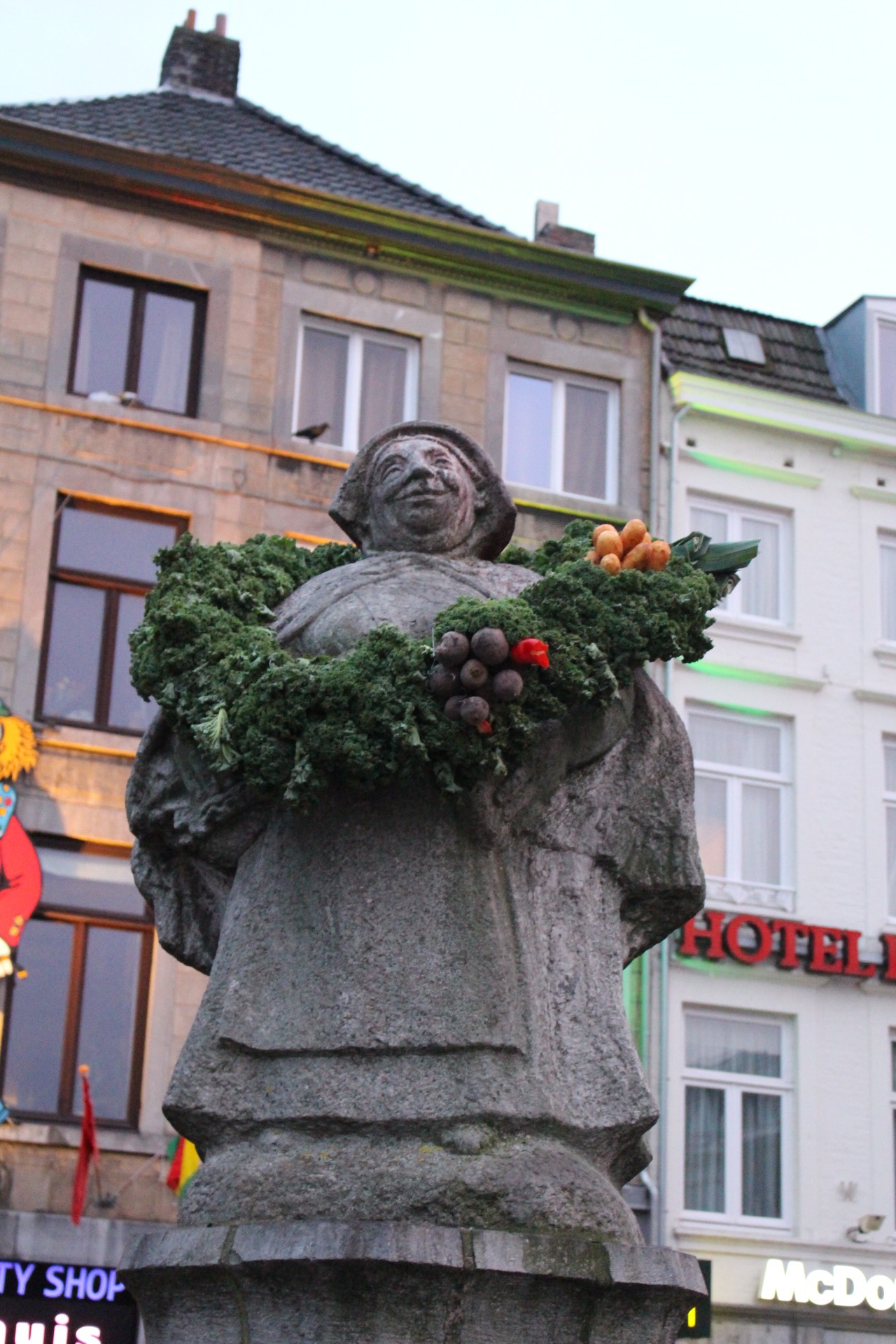4 Things To Know About Maastricht Carnival! Posted by Sten on Feb 9, 2016 in Culture
1. The Vastelaovendsleedsje 2016
Every year, a Vastelaovendsleedsje (“Carnival song” in the Maastricht dialect) is chosen. This year, it is Confetti by the carnival band de Zes Köp (“The six heads” in the dialect). However, it is not played much during Carnival! Just today, while walking around a few hours through Maastricht, I heard one song many times over: De Körk by Fabrizio:
The text of the refrain, in Limburgs, Dutch and in an English translation:
Jao daan riete veer de körk oet die fles (Ja, daar gaat weer de kurk uit de fles – Yeah, there goes the cork out the bottle again)
Polonaise op de beat vaan ‘t orkes (Polonaise op de beat van het orkest – Conga line on the beat of the band)
En de frietewagel maak vaanalles klaor (En de frietwagen maakt van alles klaar – And the fries tent makes all kinds of things)
Ut weurt hei esmer groeter en mer gekker eeder jaor (Het wordt alsmaar groter en gekker ieder jaar – It is getting ever bigger and crazier every year).
This year, Fabrizio has another hit: Roetewisser (Ruitenwisser – window wipers):
2. The Zate Hermeniekes
The Zate Hermenie can be translated to a “Drunk Marching Brass Band”.
“Drunk”, because it is Carnival, and well, it is the time to drink a lot. Of course, not all Zate Hermeniekes play while drunk, but I am sure some do. You can judge that by just listening to the music. If it is bad, you know the answer!
“Marching”, because the bands are going all across Maastricht, even through the smallest alleys (they make it fit! See the video above).
“Brass”, because most band members have brass instruments, and brass instruments are, next to the accordion, the most heard instruments during Carnival.
And finally, “Band”, because the Zate Hermeniekes are marching in groups, every member with their own instrument.
The Zate Hermeniekes are there first and foremost to have fun. However, they also stand for
3. The Mooswief represents a market vendor
During Carnival, the Mooswief is hung up on the first day, the Sunday. She is a market vendor, who represents the common people. To put her up on a stick reflects a theme of Carnival: everything that is normally high, is now low. And the other way around. This is the reason why the prince of Carnival is just a normal guy, nobody special. Somebody normal like a market vendor becomes special during these days, and is therefore put up, to symbolize this converse.

The sculpture representing the market lady on the Market Square in Maastricht. During Carnival, she wears a wreath.
The sculpture on the Markt, the square where a market is held every Wednesday and Friday, is a symbol for this Mooswief.
4. Alaaf is not done in Maastricht
Alaaf, a very common word used in Carnival, especially in German Carnival around Keulen (Cologne), is not used at all in Maastricht Carnival. So if you go to Maastricht – don’t use Alaaf!
Are you celebrating Carnival this year? Where? And how?

Build vocabulary, practice pronunciation, and more with Transparent Language Online. Available anytime, anywhere, on any device.
About the Author: Sten
Hi! I am Sten, both Dutch and German. For many years, I've written for the German and the Dutch blogs with a passion for everything related to language and culture. It's fascinating to reflect on my own culture, and in the process allow our readers to learn more about it! Besides blogging, I am a German-Dutch-English translator, animator and filmmaker.




